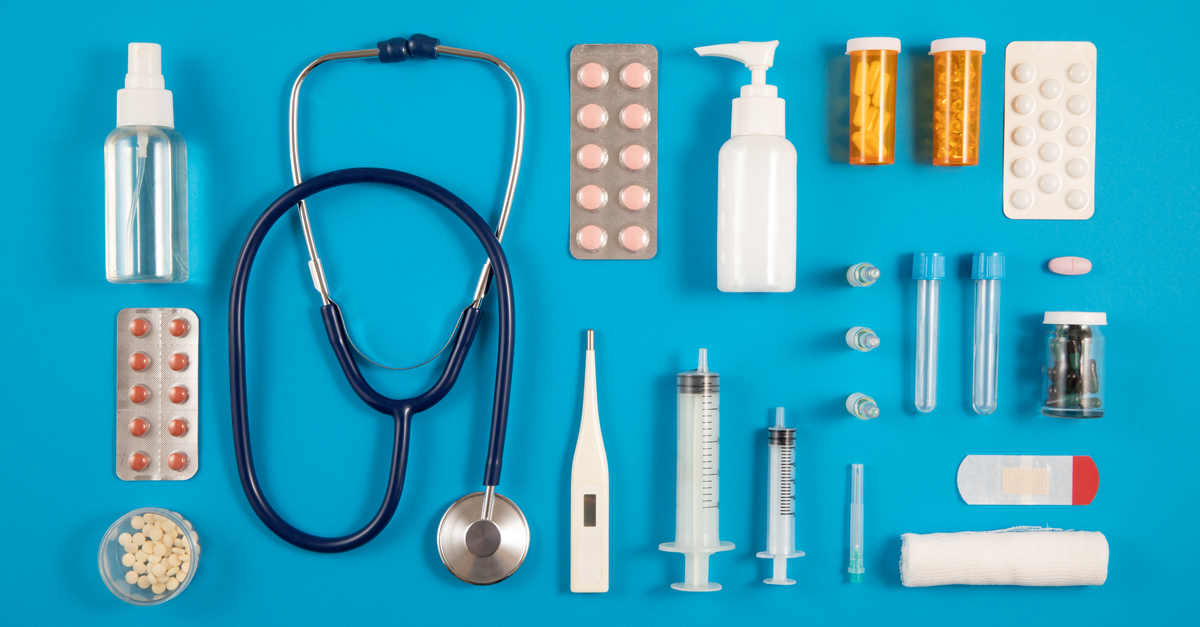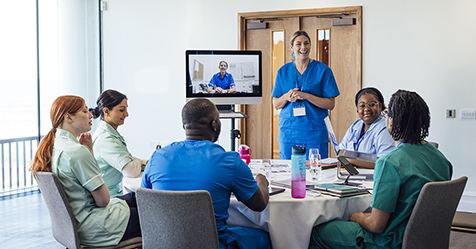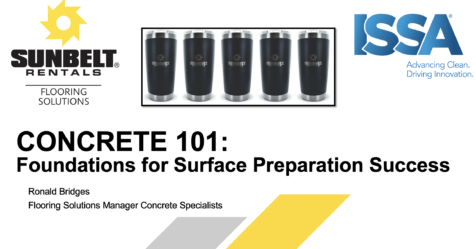In 1996, after 25 years in the construction industry, I had a difficult realization: I had spent decades building unhealthy houses. These buildings met all the necessary local and international codes. Some were beautifully designed homes with the latest technologies, high-end finishes, paints with low levels of volatile organic compounds (VOCs), and solid wood cabinetry. Others were low-cost, government-funded housing projects intended to help those in need.
But they all had one thing in common: none of them holistically addressed indoor air quality. And they all could have.
That realization changed the trajectory of my life. I committed myself to fixing the problems to which I had unknowingly contributed. But even as I advanced in building science and began to improve indoor environments, something crucial was still missing.
No connection existed between the work we were doing to improve the built environment and the doctors treating people affected by it. I could fix buildings—but I couldn’t fix people. No matter how much we improved air quality, no clear pathway emerged to communicate those changes with medical professionals, let alone coordinate care or validate outcomes. I knew we needed a way to bridge that gap, to bring physicians into the remediation process and give them tools they could trust.
And now—for the first time in our industry’s history—that connection has been made.
A first-of-its-kind partnership
In a landmark move, Dr. Andrew Heyman, MD, a nationally recognized expert on Chronic Inflammatory Response Syndrome (CIRS) and functional medicine, has joined forces with the leadership at NORMI (the National Organization of Remediators and Microbial Inspectors) to launch the NORMI Medical Advisory Board. This collaboration has resulted in the creation of the Level 4 Protocol—a medically informed assessment and remediation process designed specifically for environmentally sensitized, immune-compromised, and chemically sensitive individuals, and tied tightly to training and the trademarked NCRSI™ (NORMI Certified Remediation for Sensitized Individuals) course.
This marks a monumental step forward in our field. For the first time, remediation professionals can now work together with medical practitioners to address the real-world health consequences of indoor environmental contamination.
Science, testing, and standardization
Thanks to emerging technology, we now have the tools to support this connection. Advanced testing for microbial contaminants—far beyond basic spore traps or visual assessments—has become both accessible and affordable. Air and surface testing for mycotoxins, endotoxins, and actinomycetes can give physicians the actionable data they need to connect environmental exposures with patient symptoms.
This scientific validation gives remediation professionals an unprecedented opportunity to work under a doctor’s direction, perform targeted remediation, and provide proof that the work directly addresses the patient’s needs.
No longer do doctors need to send their patients back into contaminated environments, hoping for the best. With the right collaboration and protocols in place, they can now confidently prescribe environmental remediation as part of a holistic health plan.
The partnership’s effect on the industry
This partnership elevates the entire profession. It validates the importance of our work—not just in terms of structural integrity or aesthetics, but in real human health outcomes. It empowers restoration professionals with medically backed procedures, standardizes protocols across projects, and establishes a framework for collaboration with physicians.
In other words: it sets a new bar.
New education and training programs will be developed focusing on the health impacts for workers and customers. As a result of these new training efforts, new and updated information will be given to NORMI members to help them locate scientific and medical studies, along with other research, and give them content that is understandable, useful, and improve their bottom line. Professionals who want to be part of this next chapter must be prepared to integrate their knowledge of the built environment with insights from the medical community. That’s where NORMI’s training and certification programs are leading the charge.
The opportunity ahead
This isn’t just a win for patients, it’s a huge opportunity for our entire industry. It opens doors in hospitals, dormitories, cruise ships, athletic facilities, and more. As I’ve often said: the only people who need the sanitization protocols we teach are people who breathe.
This collaboration between NORMI and the medical community is more than an advancement. It’s a revolution, a new framework, a new language for communication between two critical industries, and most importantly, a new way to ensure that our work improves not just buildings but lives.
This isn’t just a new chapter—it’s a whole new book. And we’re just getting started.




